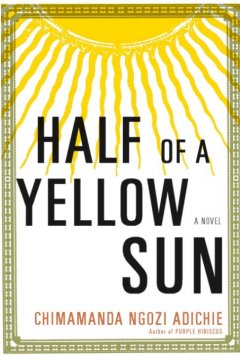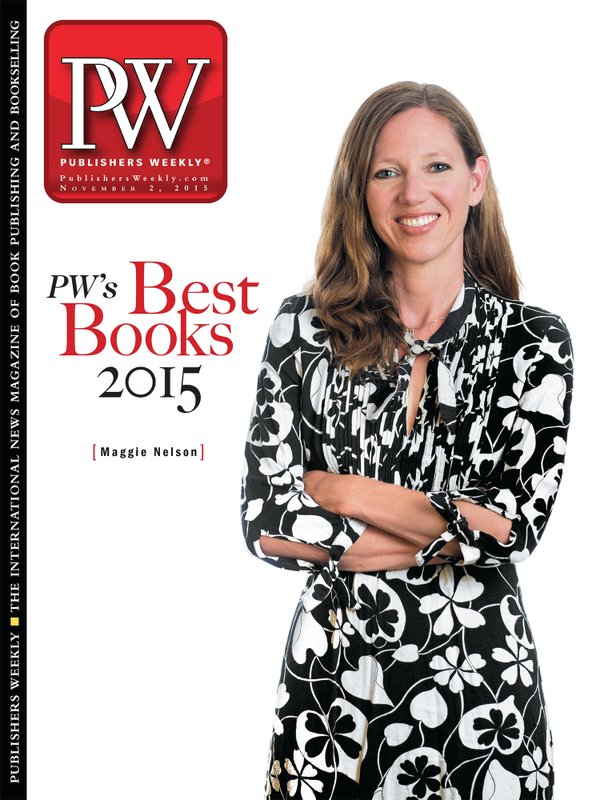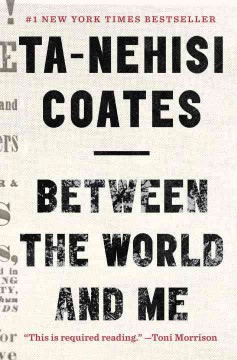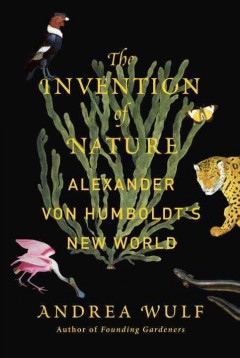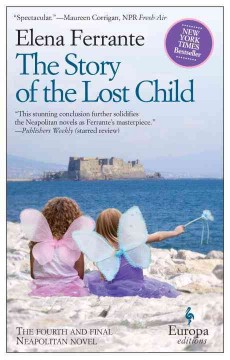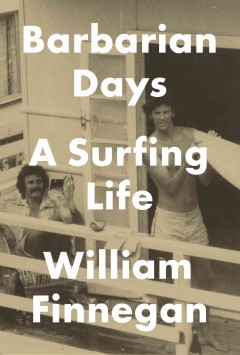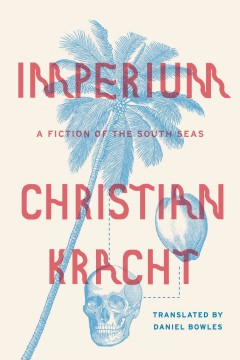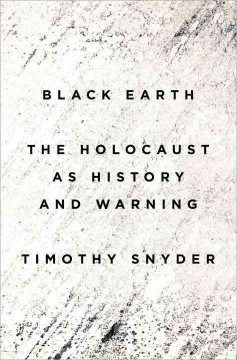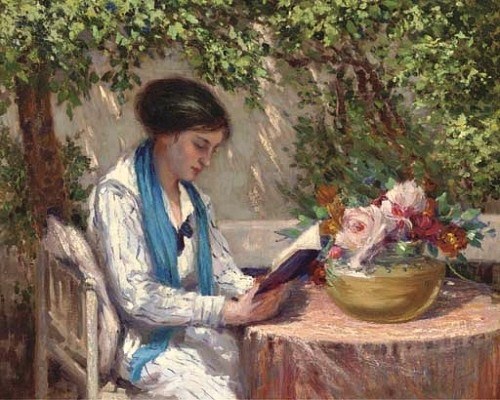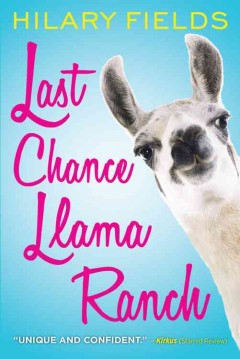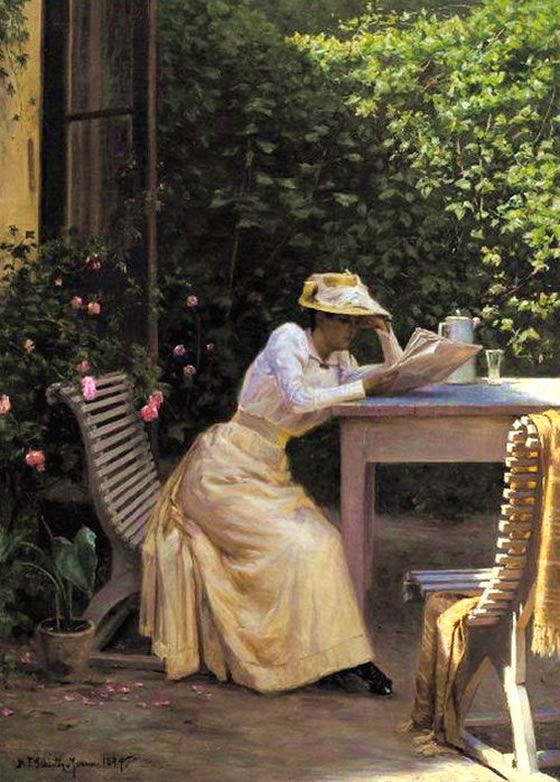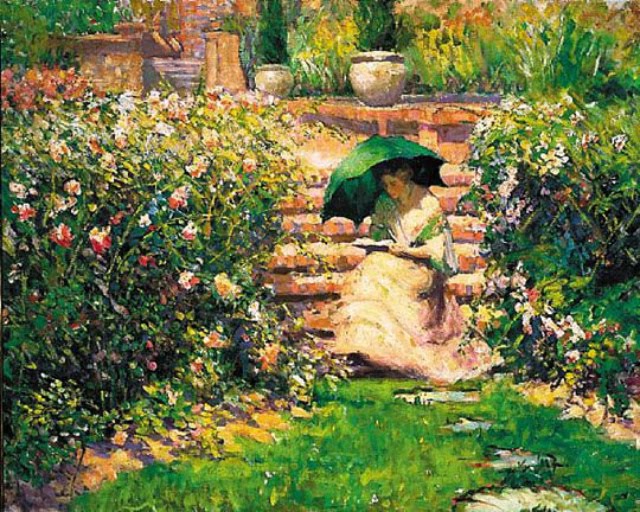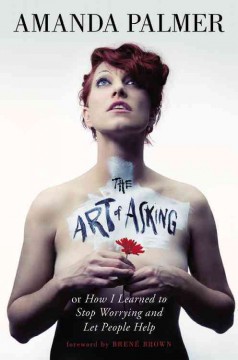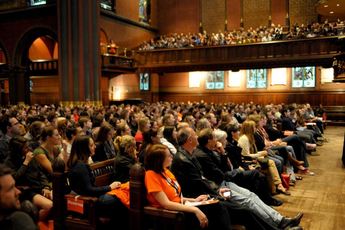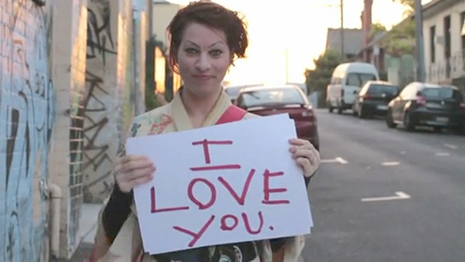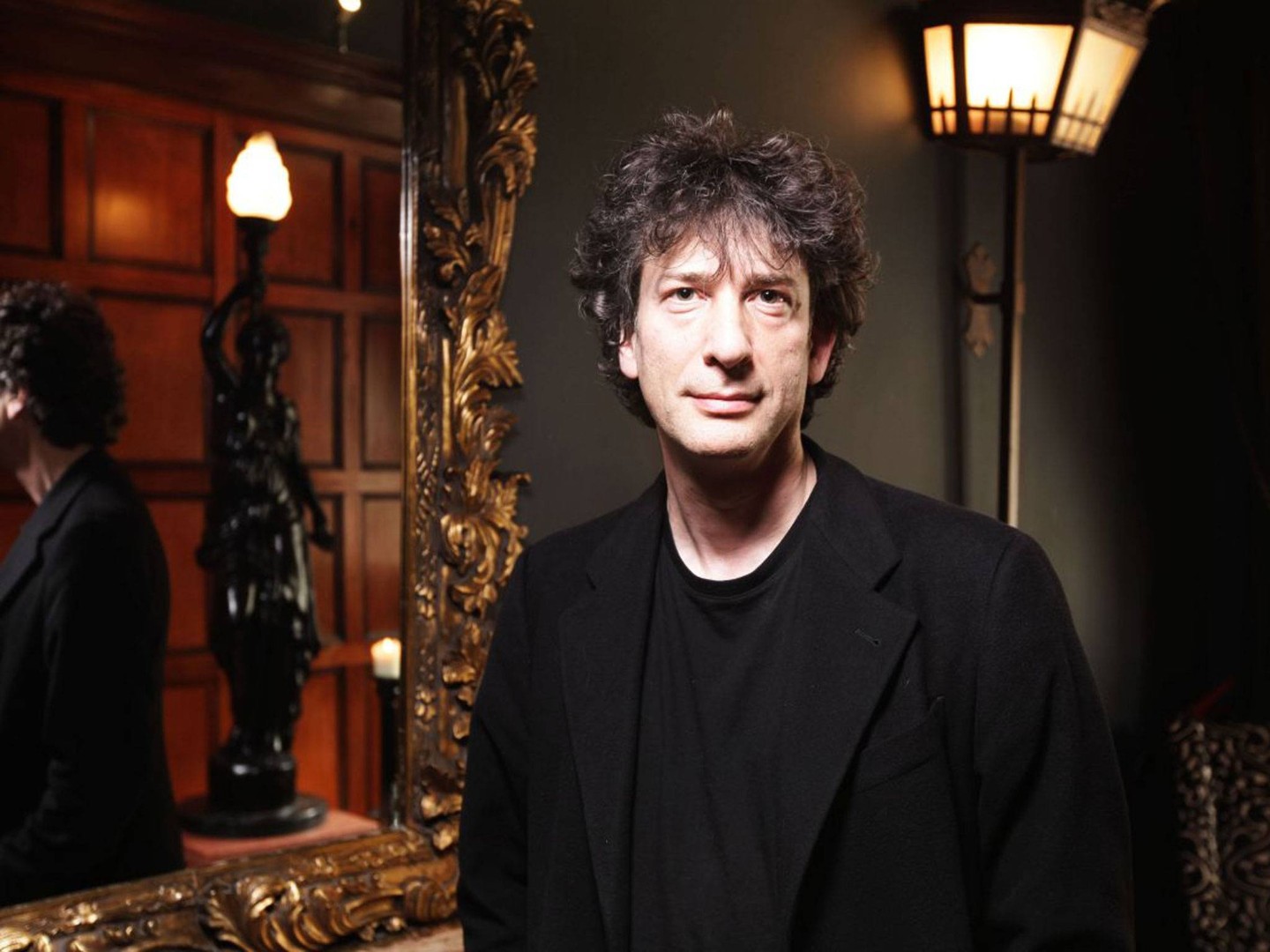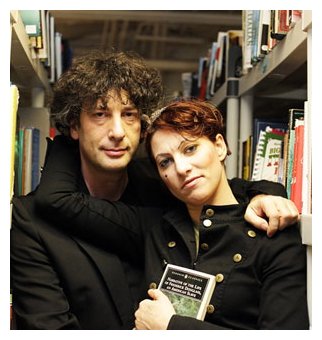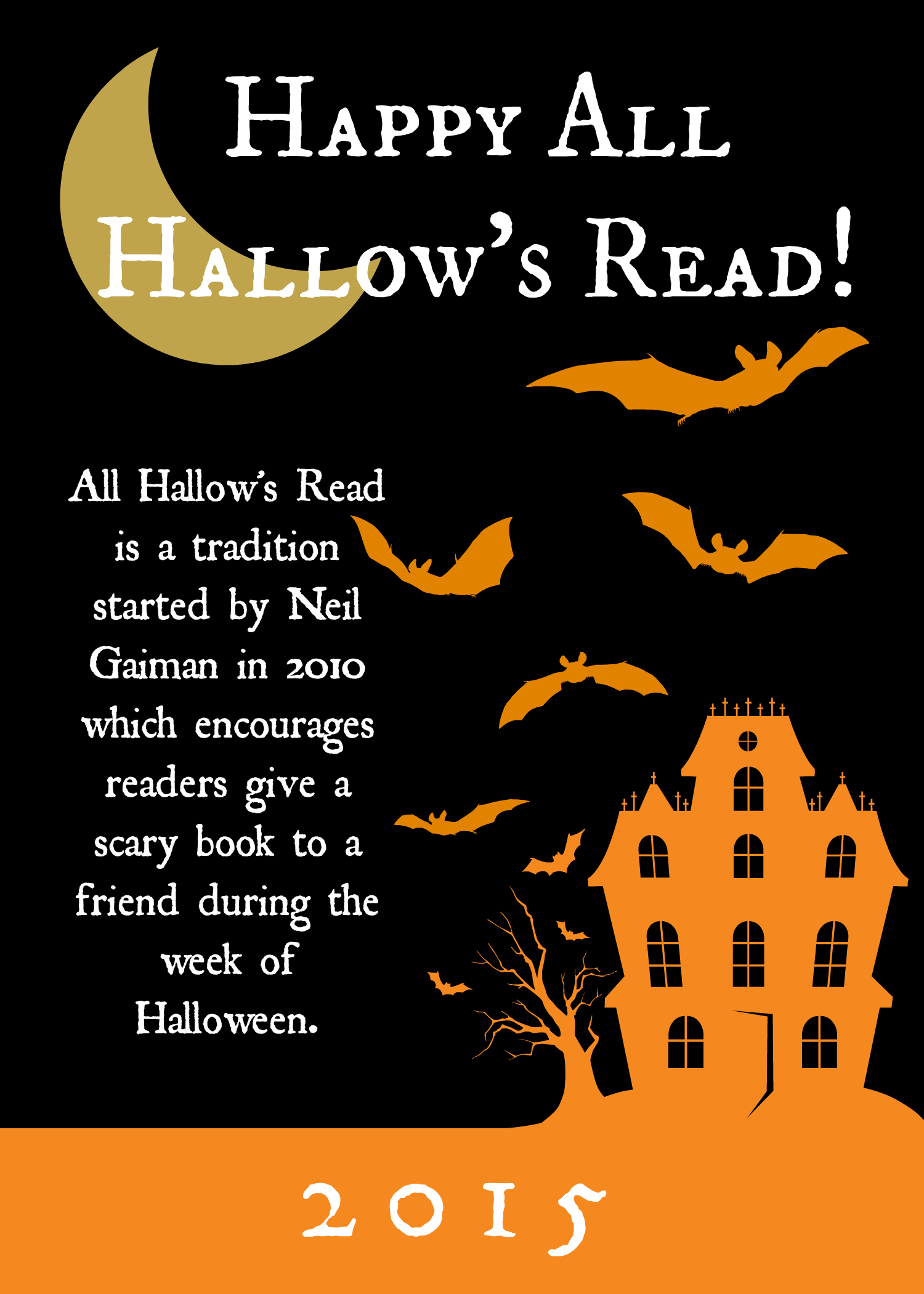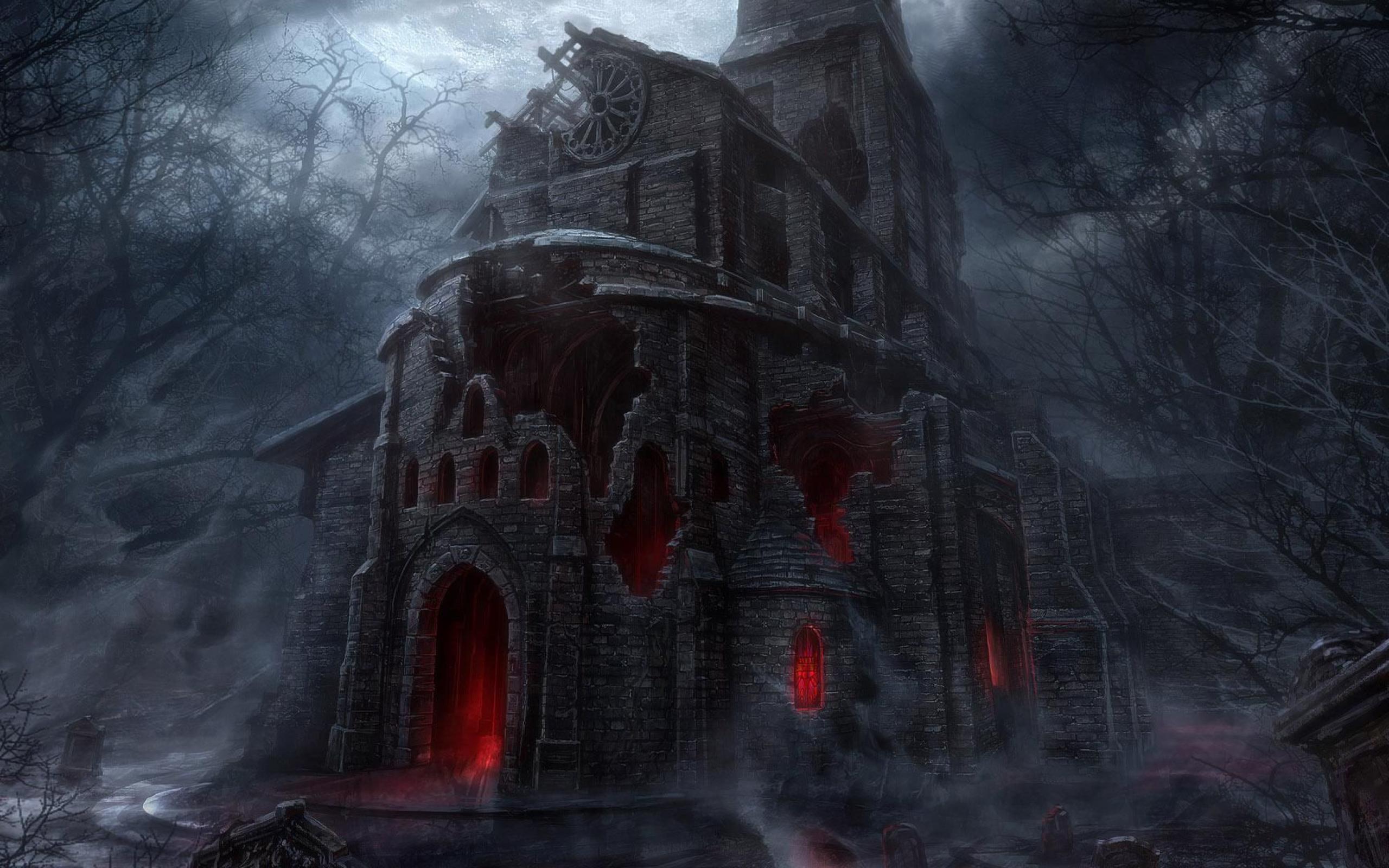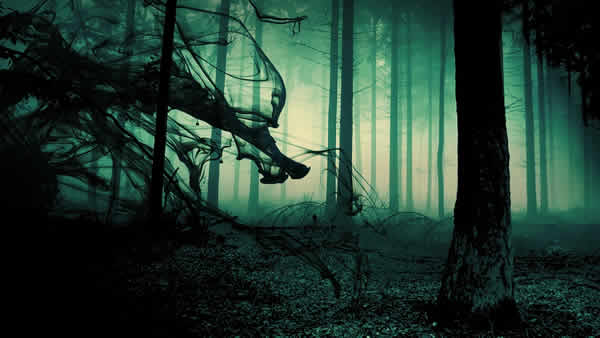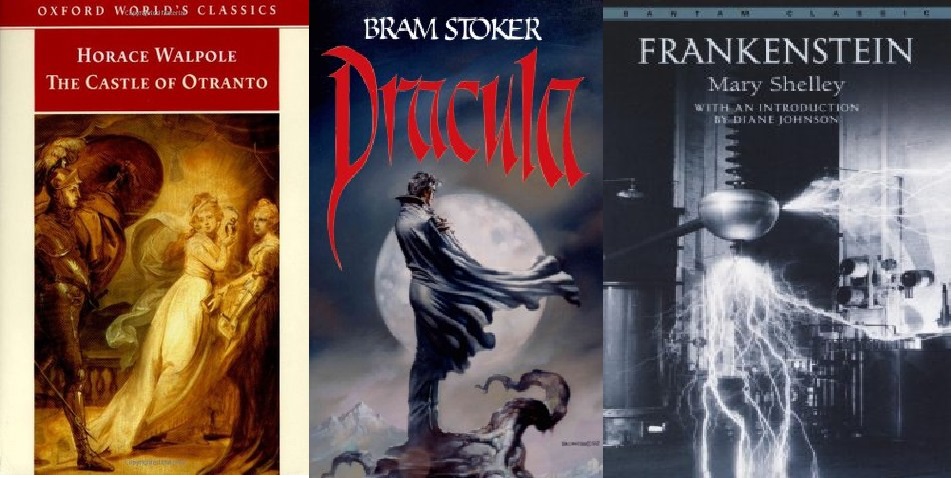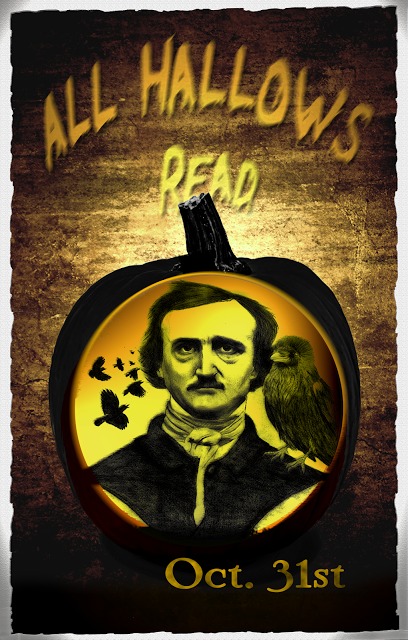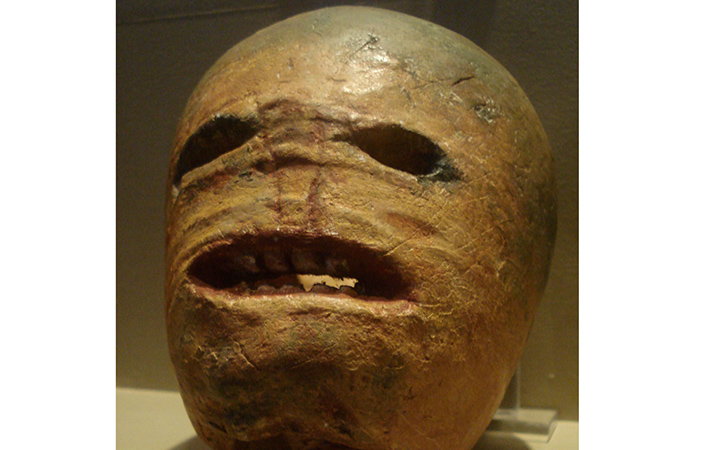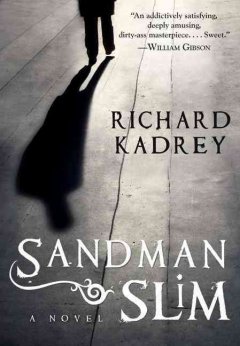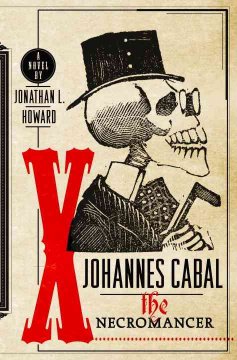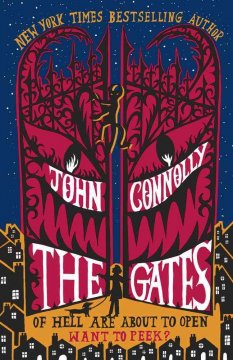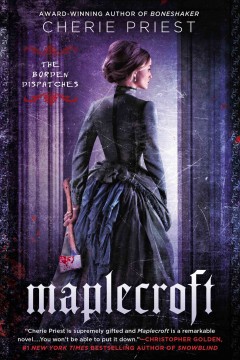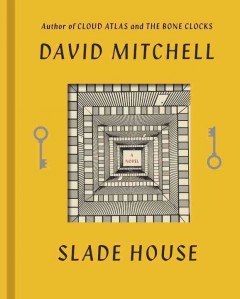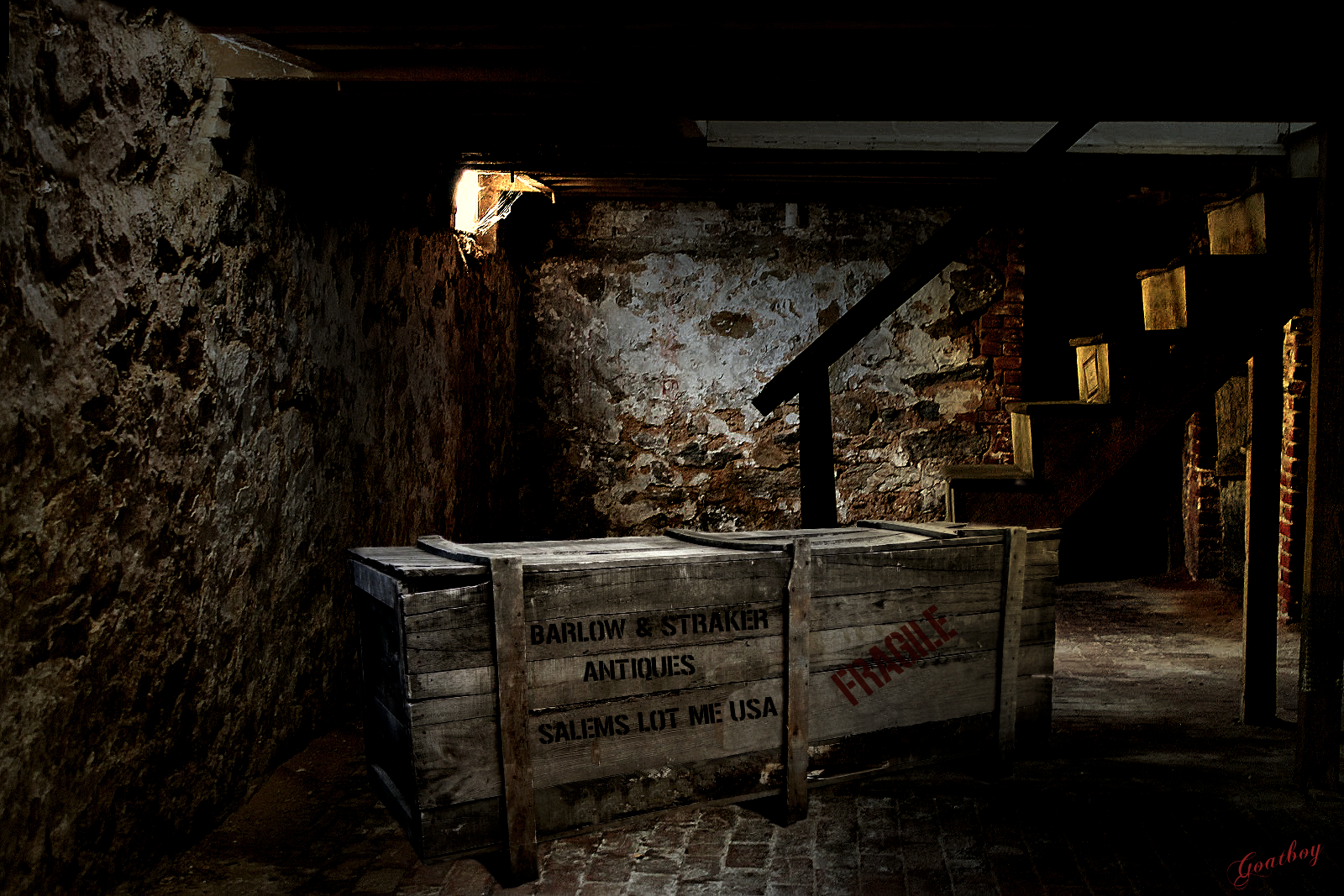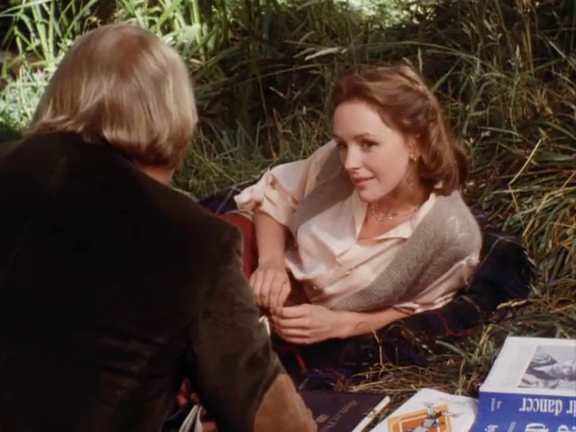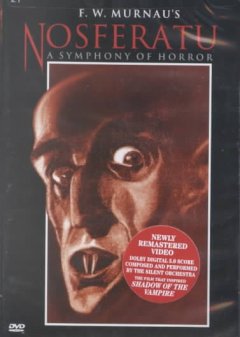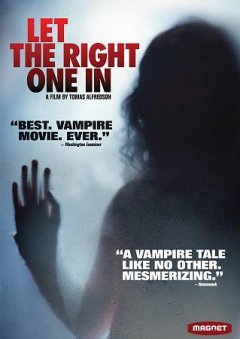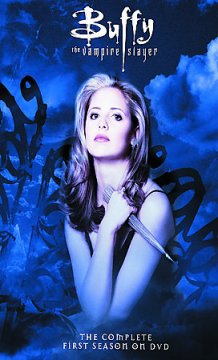We’ve talked before about the Baileys Women’s Prize for Fiction, and what a remarkable award it is, and how critically important it is to recognize women’s writing. Well, it turns out that the Baileys award people, including the dynamic women on the Fiction Board have given us some new reasons to celebrate this award, and all that it stands for in the publishing and reading word.
For the prize’s tenth anniversary–when it was known as the Orange Prize for Fiction–the Fiction Board presented a “Best of the Best” segment on the BBC’S Woman’s Hour, featuring a round-up of the ten winning books of the past decade. And on Monday, in honor of the prize’s twentieth birthday, the Fiction Board (headed by co-founder and chair Kate Mosse) named a new “Best of the Best” from amongst the Bessie winners of the past decade. And yes, the award’s name is Bessie, bless her heart.
The award ceremony itself was preceded by two weeks’ worth of programs on Woman’s Hour, including readings from all the winning books, and interviews with the authors that were insightful in an of themselves, but also offered readers the chance to discover these marvelous works–again, and for the first time. Finally, today, the ceremony itself featured readings from stars like Stanley Tucci and Sheila Hancock, and a celebration of all the diverse, funny, heartbreaking, mind-blowing and intensely creative art that these women have produced in the past ten years.
Before announcing the winner, here is a list of the ten books considered for the “Best of the Best” of the Baileys Prize’s second decade:
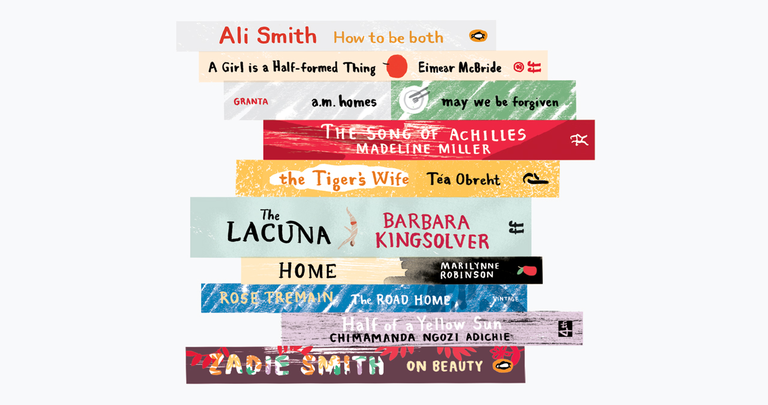 Zadie Smith: On Beauty (2006)
Zadie Smith: On Beauty (2006)
Chimamanda Ngozi Adichie: Half of a Yellow Sun (2007)
Rose Tremain: The Road Home (2008)
Marilynne Robinson: Home (2009)
Barbara Kingsolver: The Lacuna (2010)
Téa Obreht: The Tiger’s Wife (2011)
Madeline Miller: The Song of Achilles (2012)
A.M. Homes: May We Be Forgiven (2013)
Eimear McBride: A Girl Is a Half-formed Thing (2014)
Ali Smith: How to Be Both (2015)
And, after lively discussion from the judges, a public vote, and much speculation, the winner is…..
Half of a Yellow Sun by Chimamanda Ngozi Adichie!!!
Chimamanda Ngozi Adichie grew up in Nigeria, where her father was an statistics professor at the University of Nigeria, and her mother was the University’s first female registrar. Though she initially studied medicine, she switched to creative writing and moved to the United States in 2003. Since then, she has presented talks at worldwide forums, including a sensational TED Euston talk entitled “We Should All Be Feminists“.
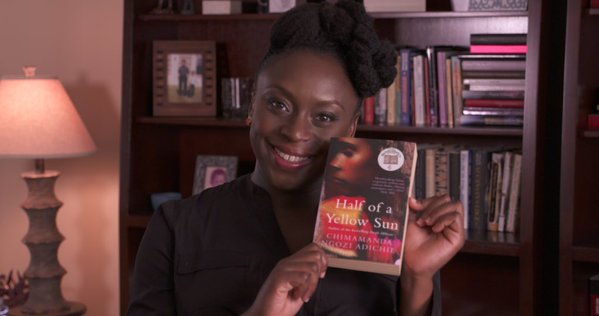 Her novel takes place during the Nigerian Civil War (1967-70), and charts the intertwined stories of five characters: the twin daughters of an influential businessman, a professor, a British citizen, and a houseboy who survives conscription into the Biafran army, during and immediately after the war. By jumping back and forth in time, Adichie is able to tell a uniquely complex, and yet undeniably human story. On one level, this is a novel of love, betrayal, and empowerment, while at the same time it deals with broad cultural and political themes, such as the scars of imperialism on Nigeria’s history that can never fully heal, the way the media shaped and, ultimately controlled the Nigerian Civil War, and whether there is any academic, rational way to affect positive change in a society that has been so fully corrupted by western influences. This is both a tremendously wise book, and a very readable one, that touches at the heart of some issues more precisely than most non-fiction works can.
Her novel takes place during the Nigerian Civil War (1967-70), and charts the intertwined stories of five characters: the twin daughters of an influential businessman, a professor, a British citizen, and a houseboy who survives conscription into the Biafran army, during and immediately after the war. By jumping back and forth in time, Adichie is able to tell a uniquely complex, and yet undeniably human story. On one level, this is a novel of love, betrayal, and empowerment, while at the same time it deals with broad cultural and political themes, such as the scars of imperialism on Nigeria’s history that can never fully heal, the way the media shaped and, ultimately controlled the Nigerian Civil War, and whether there is any academic, rational way to affect positive change in a society that has been so fully corrupted by western influences. This is both a tremendously wise book, and a very readable one, that touches at the heart of some issues more precisely than most non-fiction works can.
At the time of its publication, The Washington Post stated that it was a “transcendent tale about war, loyalty, brutality, and love in modern Africa. While painting a searing portrait of the tragedy that took place in Biafra during the 1960s, her story finds its true heart in the intimacy of three ordinary lives buffeted by the winds of fate. Her tale is hauntingly evocative and impossible to forget.”
Muriel Gray, who served as the Chair of Judges for the 2007 award said of Adichie’s work: “For an author, so young at the time of writing, to have been able to tell a tale of such enormous scale in terms of human suffering and the consequences of hatred and division, whilst also gripping the reader with wholly convincing characters and spell binding plot, is an astonishing feat. Chimamanda’s achievement makes Half of a Yellow Sun not just a worthy winner of this most special of prizes, but a benchmark for excellence in fiction writing.”
For the record, Adichie will be receiving a special Bessie, cast in manganese bronze (and if anyone knows quite what that is, we would love to hear). You can watch her joyful acceptance video here:
And I’m sure you’ll help the Free For All offer sincere congratulations to Chimamanda Ngozi Adichie, and all the Baileys Women’s Prize for Fiction Winners, for changing our ideas about what fiction is, and what is can do for twenty remarkable years!


